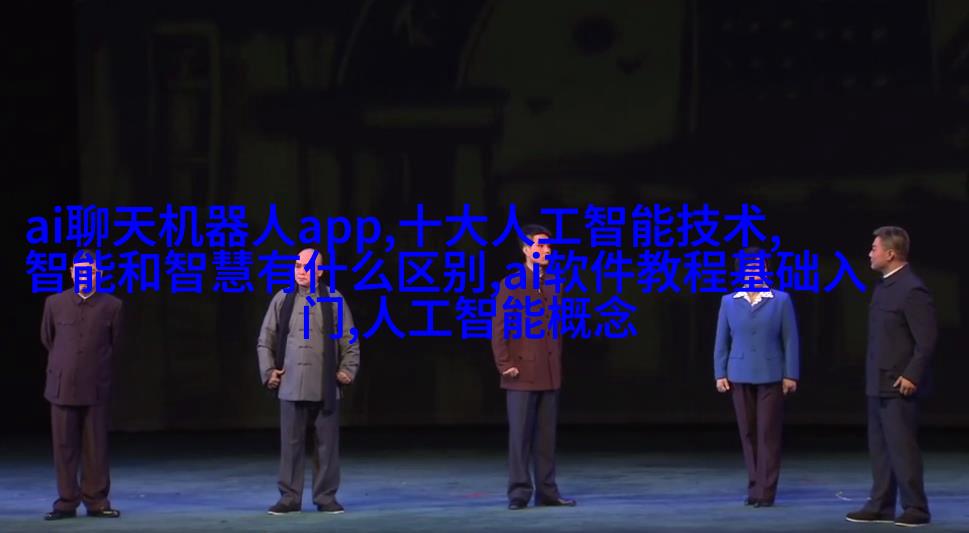
电机与传动系统的设计原理
在电气工程及其自动化领域,电机与传动系统是实现机械能转换和控制的关键组成部分。它们广泛应用于工业自动化、家用电器、交通工具等多个方面。本文将详细介绍电机与传动系统的设计原理,以及它们在现代技术中的重要作用。

1. 电机基本概念
1.1 电机类型概述

1.2 电机工作原理简介
2. 电机性能参数分析

2.1 功率因数及效率影响
2.2 转矩-速率特性分析

3. 电力电子技术在电机驱动中的应用
3.1 DC-DC转换器及其控制策略

3.2 AC-DC/AC变频器技术发展现状
4. 自适应控制方法提高驱动系统性能
4.1 PID调节器及其优化算法讨论
4.2 基于模型预测自适应控制理论探究
5. 多轴同步伺服驱动系统设计方案研究
(5).(a) 多轴运动协同问题解决策略
(5).(b) 系统整合与软件开发流程
(5).(c) 应用案例分析及未来趋势展望
结语:未来发展方向与挑战展望
Electric machines and transmission systems are fundamental components in the field of electrical engineering and automation, converting mechanical energy into electrical or vice versa while ensuring smooth operation and efficient control processes.
In this article, we will delve into the design principles of electric motors and transmission systems, exploring their role in modern technology applications.
Electric Motor Fundamentals
The first section introduces the basic concepts of electric motors, including types (e.g., induction motor, synchronous motor) and working principles.
Performance Analysis
This section delves deeper into performance parameters such as power factor efficiency analysis to understand how these factors affect overall system performance.
Power Electronic Technology Applications
Herein lies a discussion on power electronic converters for driving electric motors: DC-to-DC conversion strategies & AC-to-DC/AC frequency conversion technologies with a focus on advanced techniques like PWM (Pulse Width Modulation).
Adaptive Control Strategies
The fourth part explores adaptive control methods to optimize drive system performance using PID algorithms or model predictive approaches.
Multi-Axis Servo Drive Systems Design Study
Section five investigates multi-axis servo drive systems design solutions with a focus on coordinated motion planning software development process cases studies & future trends prediction.
In conclusion, understanding the design principles of electric motors and transmission systems is vital for harnessing their potential in various industrial sectors; however there remain challenges ahead that must be addressed through ongoing research advancements in materials science computer aided engineering simulation modeling etcetera


